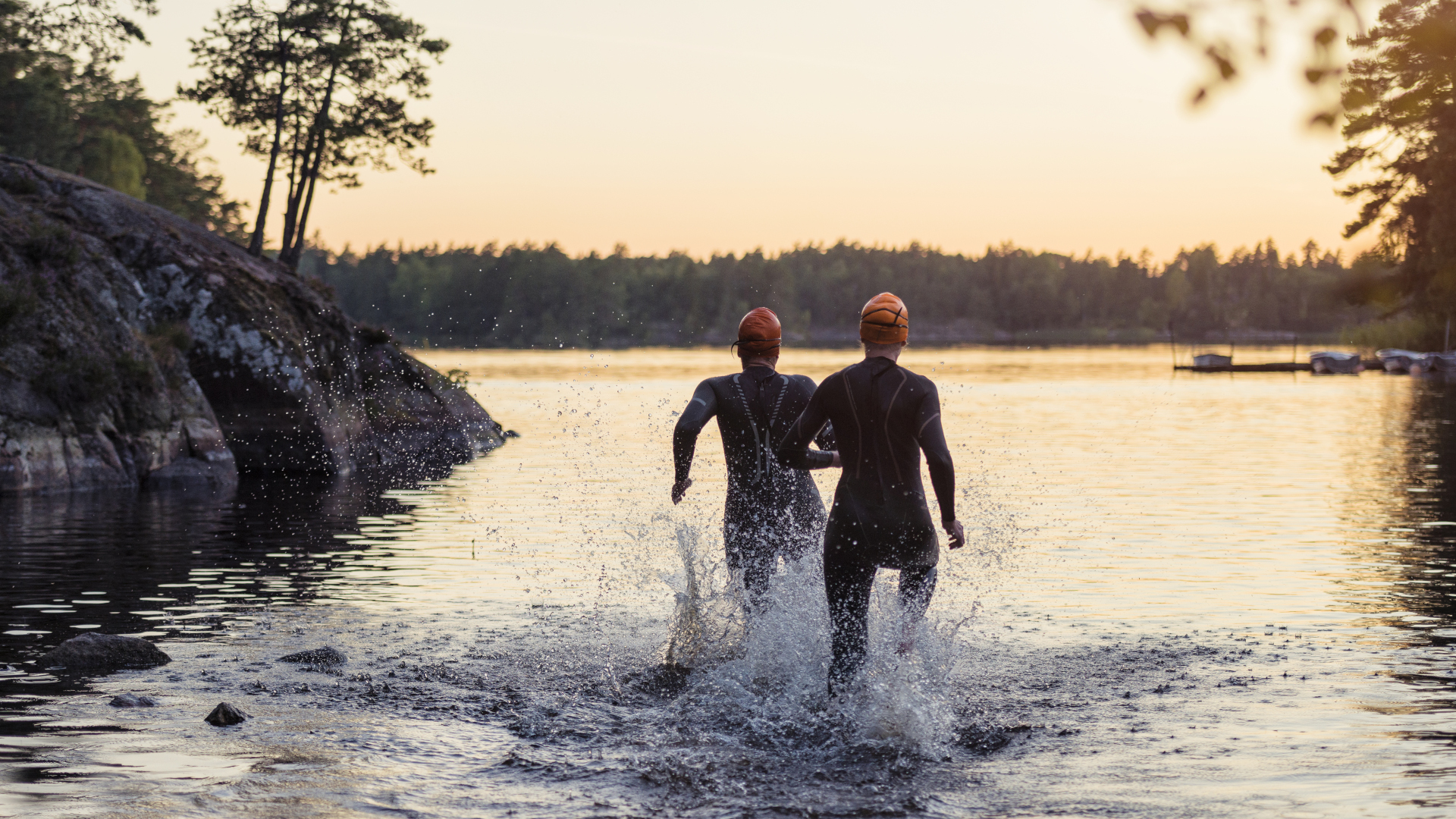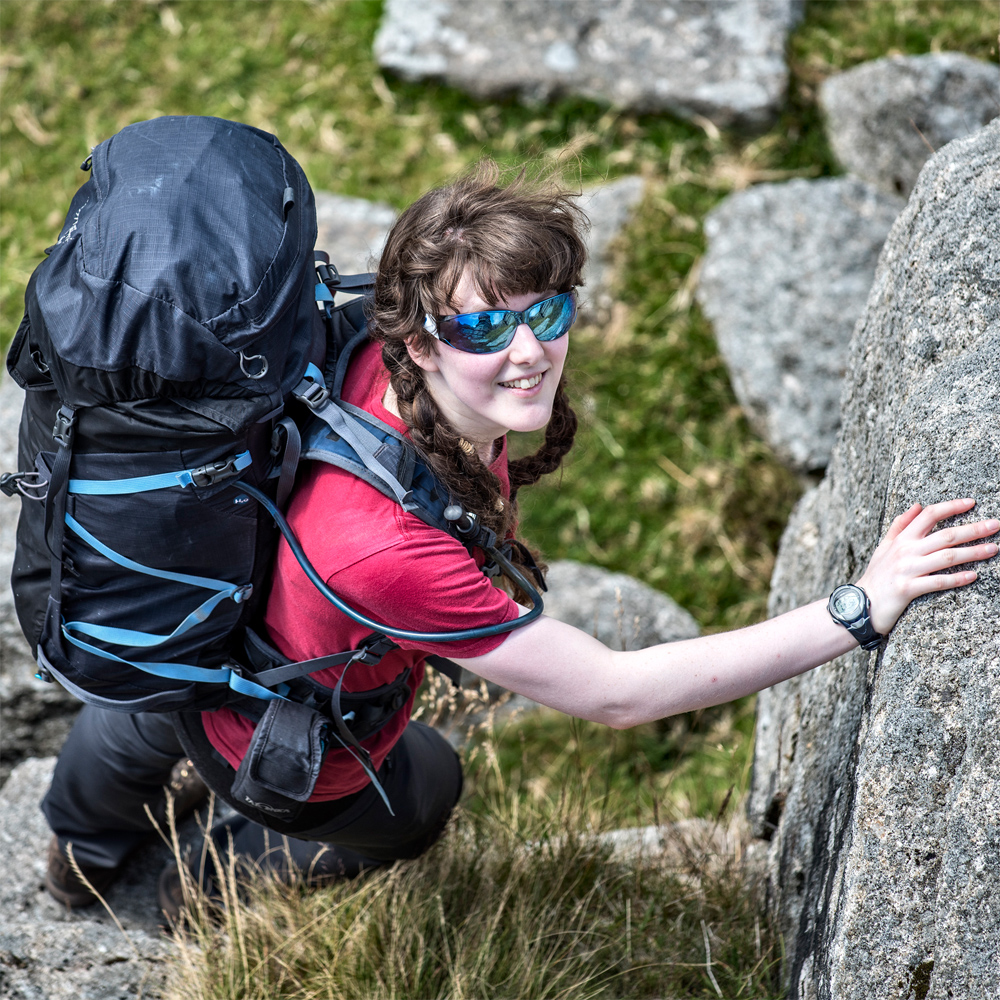Types of wetsuit: a handy guide to choosing wetsuits
Here's the lowdown on the different types of wetsuit and what to look out for when you're buying a wetsuit

Choosing a new wetsuit can be an overwhelming business. There are more types of wetsuit than you were probably expecting – especially if you are new to whichever cold-water activity you’re wetsuit hunting for. Or even just new to going it in the cold. Wild swimmers, surfers, paddleboarders and anyone who expects to spend more time in the water than out will need a wetsuit when the water gets cold. Unless, of course, you’re Wim Hof reading this article (hello there) or one of his disciples. Even legends like Ross Edgley and Cath Pendleton wear wetsuits sometimes.
So before you start doing breathing exercises and immersing yourself in an ice-filled wheelie bin, here’s a quick and simple guide to the types of wetsuits out there. We’ll do a quick run-through of the features to look out for and your various options when buying a wetsuit.
Choosing a well-fitting wetsuit

First up, let’s talk about the length of the wetsuit (or the ‘cut’ if you’re feeling fancy). A full length wetsuit is the most coverage you can get, from wrist to ankle. These are your go to for when the water is really cold. A short cut wetsuit, which includes swimskins if you are a triathlete, are knee length on the legs and either short sleeved or sleeveless. We mean that just like a t-shirt: either cut off at the shoulder or mid-way down to the elbow. These are less of a faff to get on and off than a full wetsuit, but are less warm to wear for somewhat obvious reasons. Finally, you can go sleeveless, which generally means a full length wetsuit with no arms – so you’re covered between your ankles and shoulders. Some people prefer this because it’s easier to move your arms but not as chilly as a short wetsuit.
Whichever cut you choose, remember to think about the zips and neckline. You need a good neckline seal, otherwise there’ll be heaps of cold water flowing into your suit. But equally, you don’t want something so tight it chafes or stops you from breathing. Fit is really important.
For zips, they can be on the front or the back of a wetsuit and can close by zipping up towards your neck or down towards your feet. A zip on the back of your wetsuit that goes down to open and up to shut is the most common configuration. A reverse zip stops any chance of the zip coming accidentally undone as you swim. A front zip is easier to access but may be less comfortable.
Which wetsuit material?

Wetsuits are predominantly made of neoprene, but there is a little bit more to it than that. Alongside the fit, you want to think about the thickness of wetsuit you need. There are different grades for different temperatures, from a thin skin to wrapped up warm like a walrus. But, it’s worth thinking about how this affects your mobility. Thicker wetsuits are more buoyant, but are less flexible to move about in. Buoyancy can help lift you up in the water, enabling less drag while swimming. Similarly, you might sacrifice some warmth to be able to move more freely.
Some more specialised wetsuits are much more tailored to the individual, made up of specific panels to fit your form. Others will be more like a neoprene onesie. And that’s completely okay. If you’re new to whatever cold water activity you’re trying, you might not want to spend lots of money on a whizzy wetsuit. Start with basic and progress from there when you’ve worked out what you care about.
All the latest inspiration, tips and guides to help you plan your next Advnture!
There are also these nifty things called catch panels that you find on the forearms of some wetsuits. Think of them like go-faster stripes. They’re a lycra wrist or forearm panel, pioneered by Zone3. The idea behind them is that you’re reducing weight on your arms, whilst also improving your feel for the water. That’s something that might really excite swimmers looking to improve and perfect their technique. But probably isn’t all that useful in other situations. Kind of cool, but certainly not essential.
Extra features in a wetsuit

Finally, a few extra things to look out for are taped seams and the type of stitching. There’s flat-lock stitching on warmer weather suits, glued seams – which makes the suit sealed – and then taped seams. Taped seams are blind-stitched, glued and also covered with waterproof tape: super reinforced.
Another nifty feature in some wetsuits is a little pocket, ideal for putting your keys in if you’d rather not leave them under the wheel arch of your car. Of course, you have to have 100% trust in that pocket because you don’t want to be swimming around searching for a key at the end of your day.
But really, that’s about it. Although there are many different types of wetsuit, when you break it down there are only a few core components. And sometimes, the simpler the better. The most important thing is getting a wetsuit that fits you well – rather than worrying too much about all the bells and whistles unless you’re an athlete making fine tweaks, but by that stage you’ll already know which style and shape of wetsuits suit you best.
Look for something that fits you snugly without being too tight – or having weird pinches or rolls of extra material. If anything is bunching up anywhere, that’s not good. Full length sleeves should come down to just below your wrist bone. Full length legs should go to just above your ankle bone but no longer. If you get cold feet there are always wetsuit boots you can buy, or water shoes. Or wetsuit gloves, for that matter. And don’t forget that neckline seal, either. Snug but not tight. Get the fit comfortable and the rest will follow.
Next up, make sure you know how to clean a wetsuit, especially if you pee in it.
An adventure writer based on Dartmoor, England, Emily is an active member of Mountain Rescue and a summer Mountain Leader, but loves all things adventure – before her third birthday she had lived on three continents. Founder of Intrepid magazine, she works to help break stereotypes about women in the outdoors. Her expeditions have included walking all Dartmoor’s 119 tors in a single two-week outing, cycling to Switzerland and back, and riding the Rhine from source to sea.

